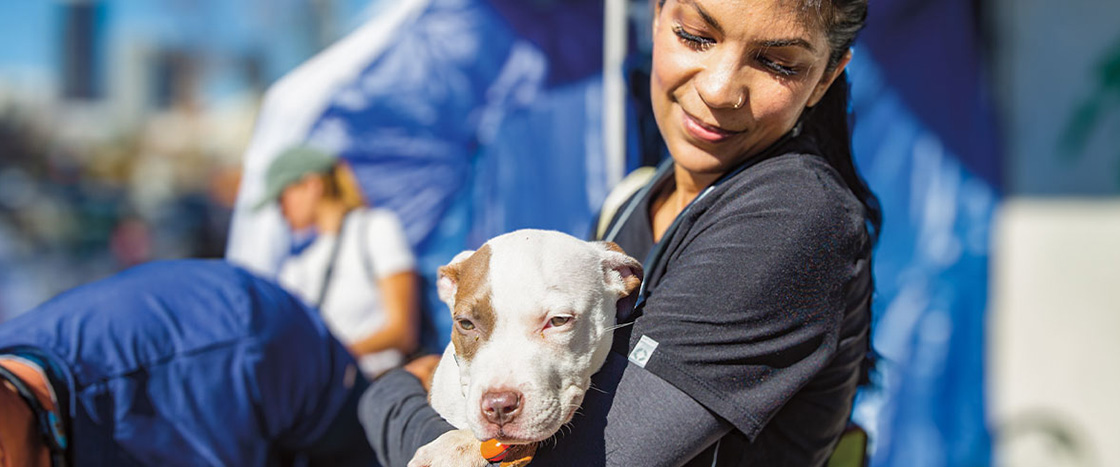Dog, cat, rabbit, iguana. Name a pet and Genesis Rendon has likely cared for it! She works as a veterinary technician, or vet tech, at an animal hospital in Los Angeles, California. She helps veterinarians treat pets that people bring in from home.
But when she leaves the hospital, her work is not done. Rendon keeps her car stocked with pet food, blankets, and medical supplies. As Rendon drives around the city, she looks for pet owners who are experiencing homelessness. She asks if they need supplies—or medical care—for their pets.
Dog, cat, rabbit, iguana. Name any pet. Genesis Rendon has likely cared for it! She’s a veterinary technician. That’s vet tech, for short. She works at an animal hospital. It’s in Los Angeles, California. She helps veterinarians treat pets. People bring them in from home.
But her work isn’t done when she leaves the hospital. Rendon keeps her car stocked. She carries pet food, blankets, and other supplies. She drives around the city. She looks for pet owners going through homelessness. She asks if they need items for their pets. She also gives medical care to the animals.

